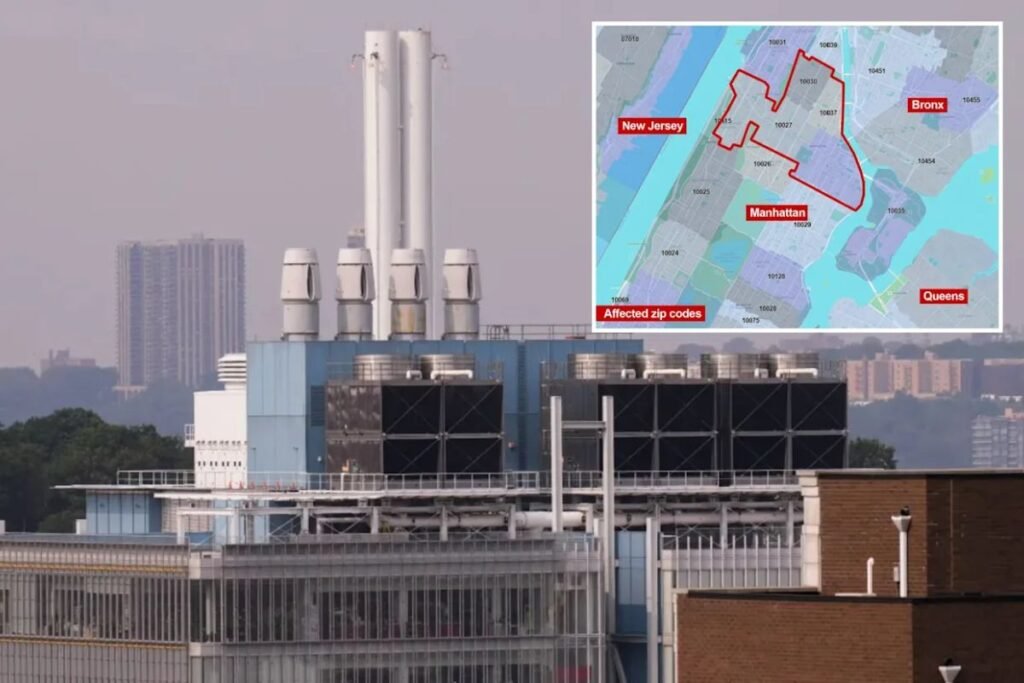New York City health officials confirmed Monday that a Legionnaires diseases outbreak in Central Harlem has grown to 90 cases, including three deaths, prompting renewed focus on the city’s proposed regulations for cooling tower maintenance and testing.
The city’s Department of Health suspects contaminated cooling towers, rooftop systems used to cool large buildings, are a likely source of the outbreak. If water inside these towers becomes stagnant, warm, or improperly treated, it can foster Legionella bacteria, which can spread when mist from the towers is inhaled.
Proposed Rules Aim to Strengthen Oversight
Days before the latest case numbers were reported, the health department released a proposal to tighten cooling tower regulations. While a department spokesperson told CNN the rules had been in development prior to the Harlem outbreak, the timing has intensified public scrutiny.
Under existing city law, building owners must register, maintain, and regularly inspect their cooling towers. Current penalties for failing to comply with maintenance requirements range from $500 to $2,000. The new proposal would:
- Establish specific timelines for water testing.
- Require all sampling to be conducted by state-certified laboratories.
- Impose new monetary penalties for noncompliance (exact amounts not yet specified).
However, enforcement could prove challenging. City inspection data reveals a sharp decline in cooling tower inspections, 2024 saw the lowest number on record, with less than half as many inspections as in 2017, the first year such data was tracked. The decline was first reported by Gothamist.
Outbreak Response and Public Health Risks
The current cluster was first announced on July 25. Officials report that all operable cooling towers in the affected area have been tested, and those with positive Legionella results were ordered to be disinfected. The health department confirmed that these cleanings were completed.
Legionnaires diseases outbreak named after a 1976 outbreak at an American Legion convention in Philadelphia, is a serious type of pneumonia. Symptoms can resemble the flu, including cough, fever, headaches, muscle aches, and shortness of breath.
According to the World Health Organization, the illness can progress to shock and multi-organ failure if untreated. The U.S. Centers for Disease Control and Prevention estimates that about 10% of patients die from complications, with older adults and those with weakened immune systems facing the greatest risk. The disease is treatable with antibiotics, but early diagnosis is critical.
Balancing Prevention and Enforcement
While the proposed regulations aim to reduce the risk of future outbreaks, public health experts warn that without consistent enforcement, the rules may have limited effect. Reduced inspection rates have raised concerns that some buildings could be out of compliance for extended periods without detection.
The city has faced similar outbreaks in the past, most notably in 2015 when Legionnaires diseases outbreak in the South Bronx resulted in 138 cases and 16 deaths. That incident led to the creation of the current cooling tower registry and inspection framework.
In the wake of the Harlem cluster, residents and community leaders have called for both immediate health protections and long-term systemic improvements. Advocates emphasize the need for additional resources to bolster inspection teams, as well as better public education on L Legionnaires diseases outbreak symptoms.
For now, health officials are urging anyone experiencing persistent cough, fever, or difficulty breathing—particularly those living or working near affected areas—to seek medical attention promptly.
Also Read ;- NYC Cooling Tower Inspections Drop Before Deadly Legionnaires’ Outbreak









